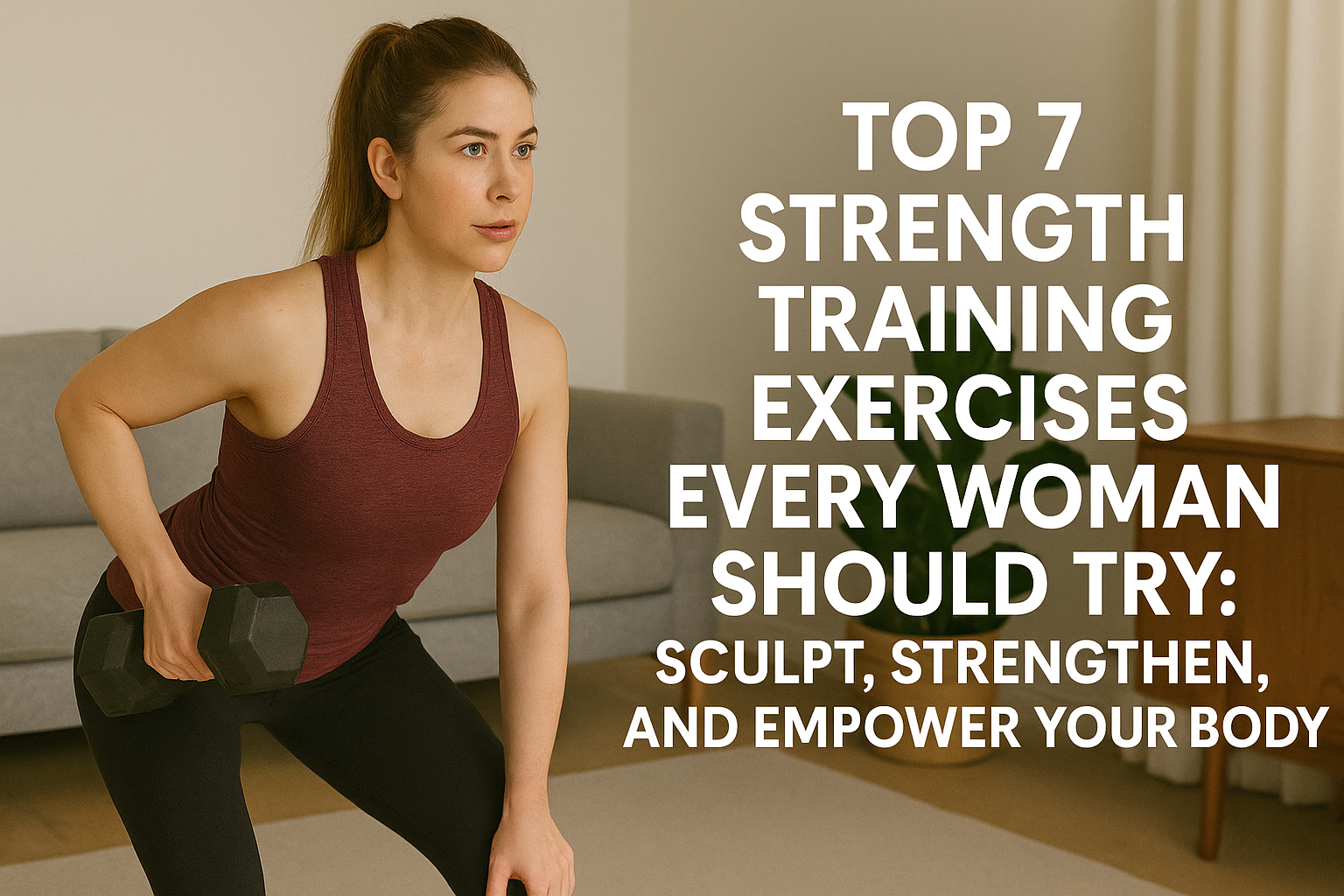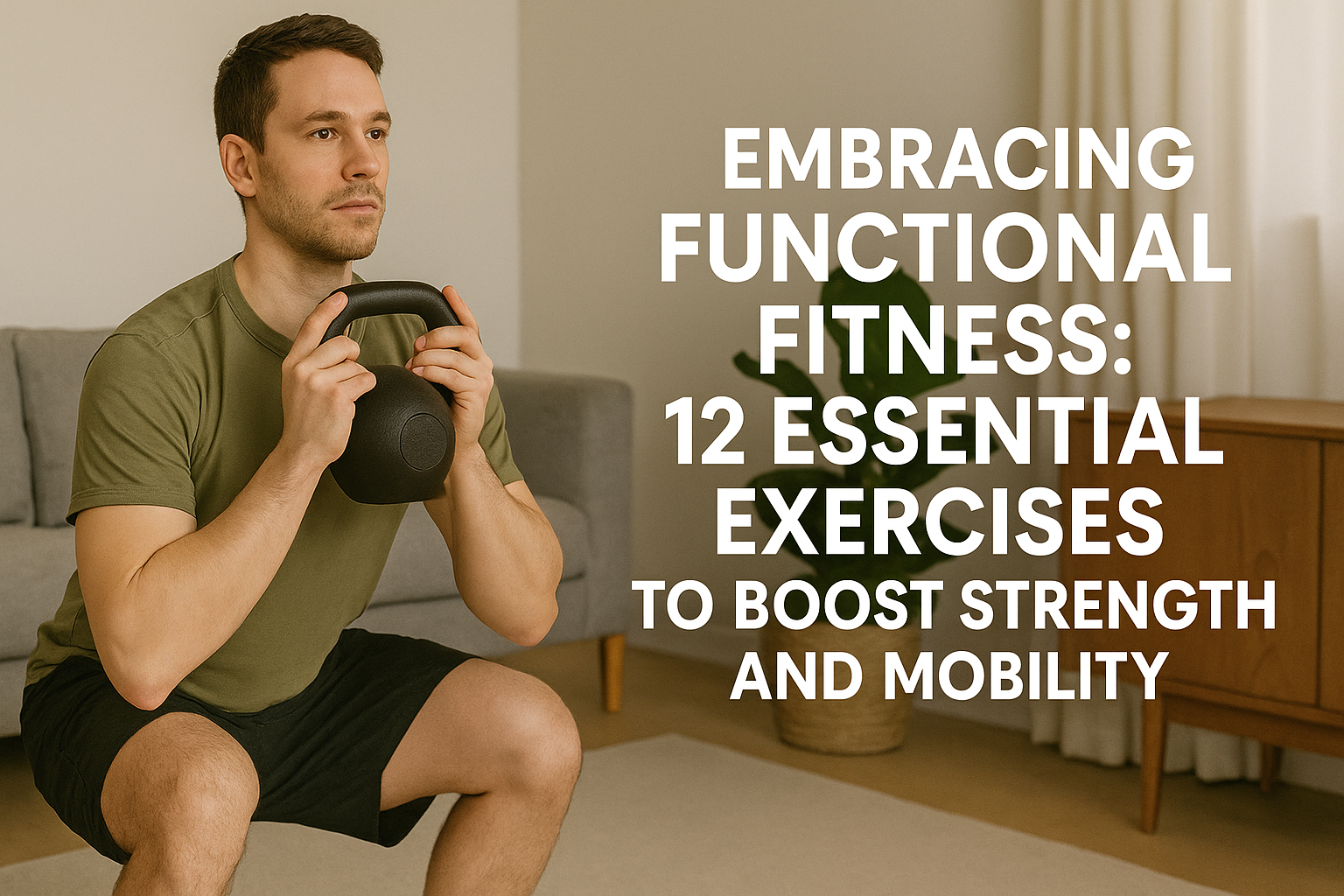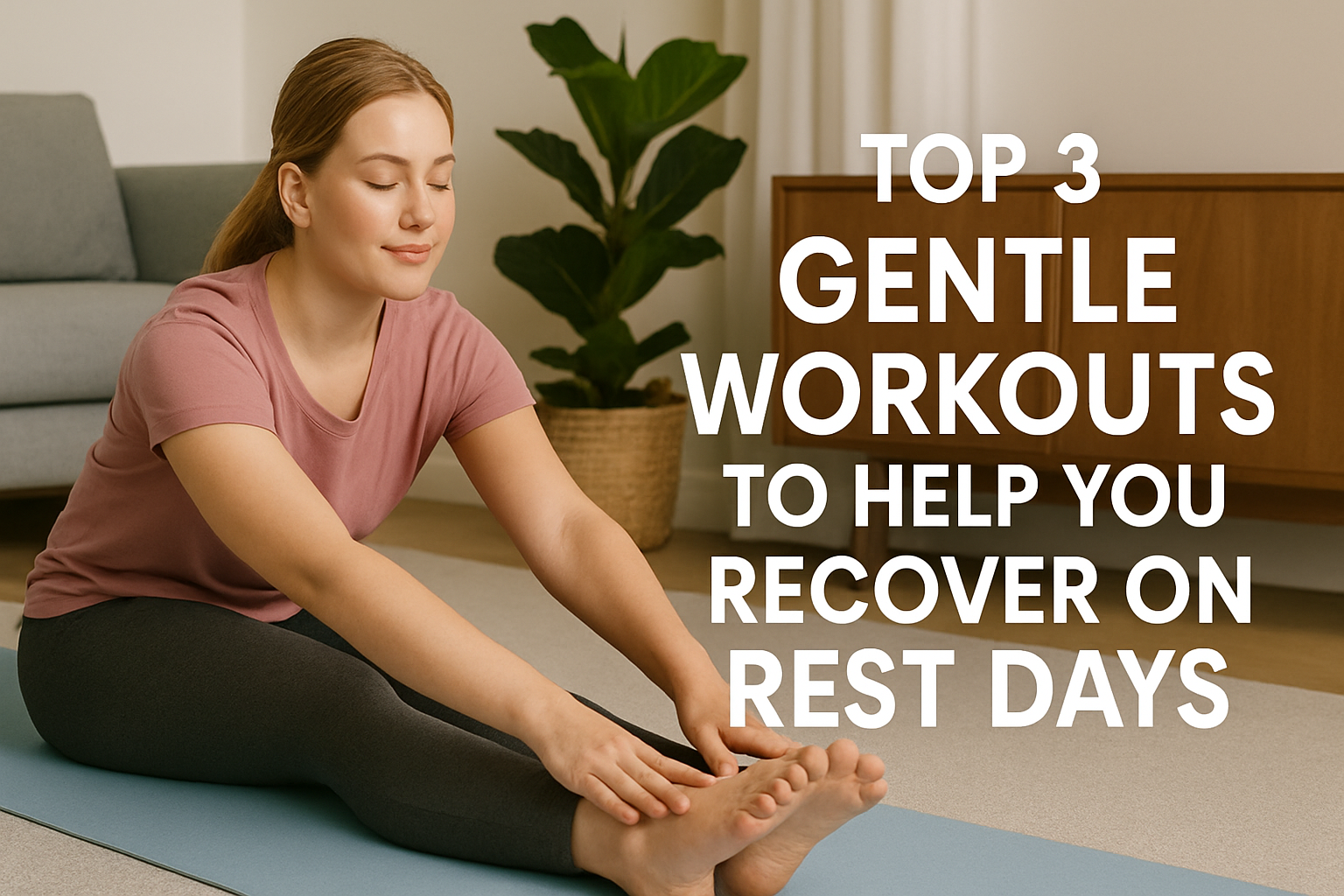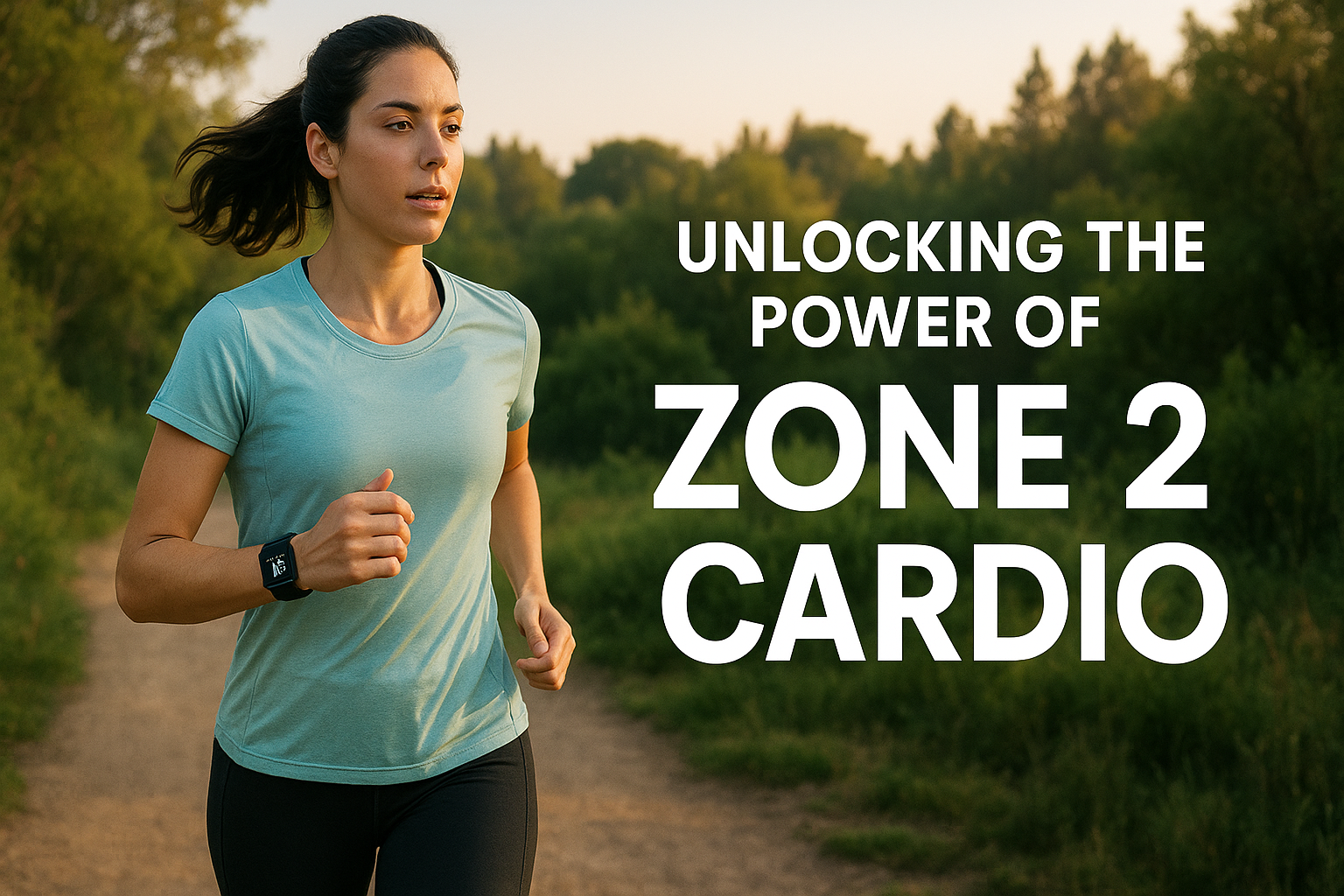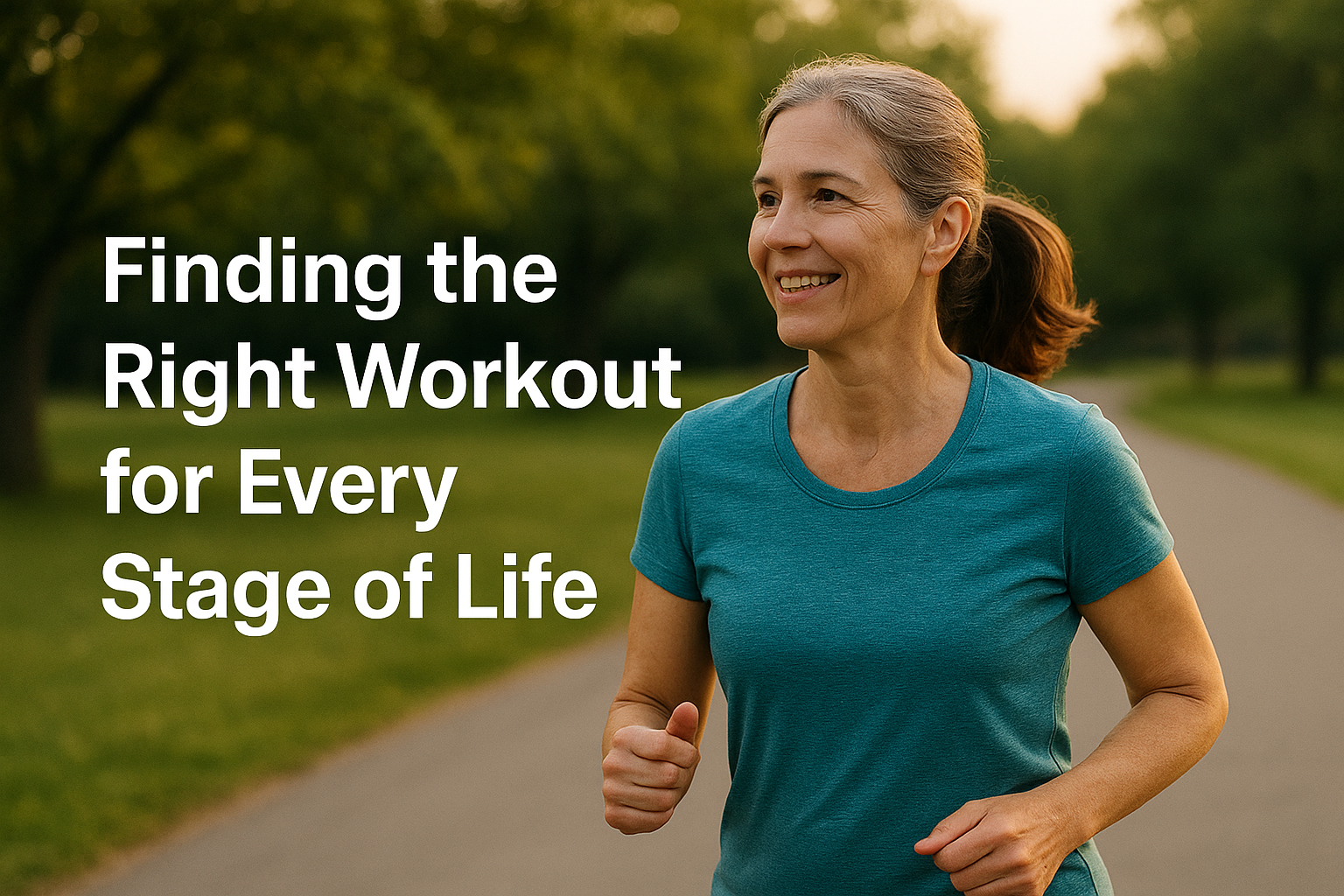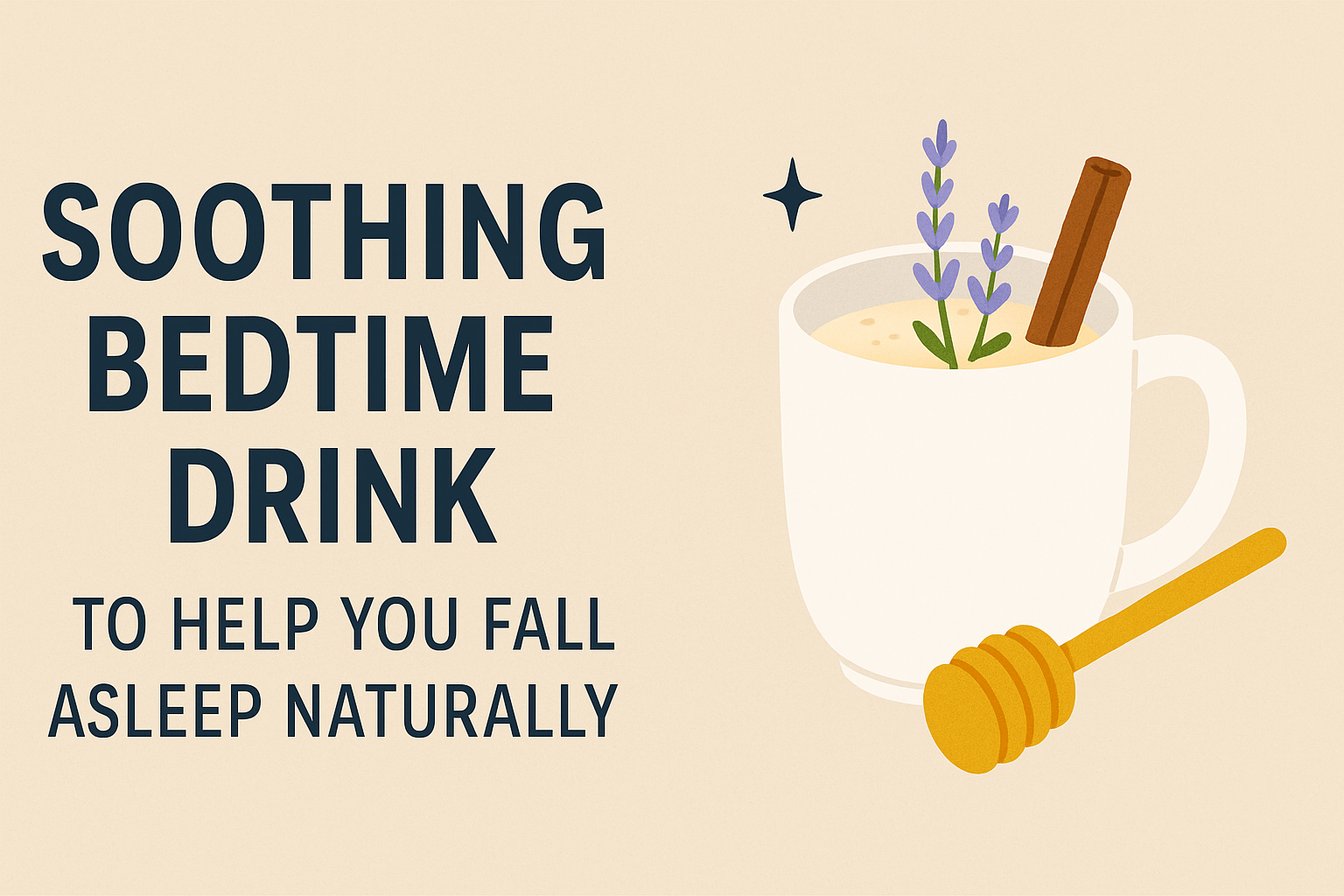Gone are the days when strength training was seen as a “man’s workout.” Today, more women than ever are discovering the incredible physical and mental benefits of lifting weights and building muscle. Strength training not only sculpts and tones your physique, but it also boosts metabolism, enhances bone density, improves posture, and increases overall confidence. It’s not about bulking up—it’s about becoming the strongest, healthiest version of yourself.
Whether you’re a beginner or looking to level up your fitness routine, these seven strength training exercises are perfect for women who want to build strength, increase endurance, and feel empowered in their own bodies. Let’s dive into the top strength moves every woman should have in her workout arsenal.
1. Squats – The Queen of Lower Body Strength
Squats are a must-have in any strength training routine. They engage your glutes, quads, hamstrings, and core, making them one of the best compound movements to build strong, toned legs and a firm backside. Squats also mimic everyday activities like sitting and standing, making them incredibly functional.
Why it’s great for women:
Squats help shape your lower body while improving balance and joint stability, especially in the hips and knees—areas where many women need extra support.
How to do it:
- Stand with feet shoulder-width apart.
- Lower your hips back and down like you’re sitting in a chair.
- Keep your chest up, knees tracking over your toes.
- Push through your heels to return to standing.
Variations to try: Goblet squats, barbell back squats, or resistance band squats.
2. Deadlifts – Full-Body Power Move
Deadlifts are the ultimate strength move for building muscle across your entire posterior chain—glutes, hamstrings, back, and core. This exercise helps correct posture, strengthen the spine, and boost fat-burning.
Why it’s great for women:
Deadlifts help counteract the effects of sitting all day by activating neglected muscle groups and promoting better back health.
How to do it:
- Stand with feet hip-width apart, barbell or dumbbells in front of you.
- Hinge at your hips and lower the weights down your legs, keeping a flat back.
- Drive through your heels to stand back up, squeezing your glutes at the top.
Pro tip: Start with lighter weights to master your form before adding more load.
3. Push-Ups – Upper Body Strength Without Equipment
Push-ups are a timeless bodyweight exercise that challenges your chest, shoulders, triceps, and core. They require no equipment and can be modified for any fitness level.
Why it’s great for women:
Push-ups help build upper body strength, something many women find underdeveloped. Plus, they improve posture and core stability.
How to do it:
- Start in a high plank with hands slightly wider than shoulder-width.
- Lower your chest to the ground, keeping your body in a straight line.
- Push back up, engaging your chest and arms.
Modifications: Drop to your knees, or do incline push-ups on a bench or wall to build up strength.
4. Lunges – Sculpt Your Legs and Improve Balance
Lunges are perfect for targeting your glutes, quads, and hamstrings, while also challenging your balance and coordination. They also help address muscle imbalances between your left and right sides.
Why it’s great for women:
Lunges not only tone and tighten the legs but also strengthen stabilizing muscles around the knees and hips—critical for joint health.
How to do it:
- Step forward with one leg and lower your body until both knees are at 90-degree angles.
- Push off the front foot to return to standing.
- Repeat on the other side.
Try this: Add dumbbells for resistance, or switch it up with reverse and side lunges.
5. Bent-Over Rows – Back Strength and Posture Booster
Bent-over rows are excellent for strengthening the upper and mid-back muscles. They’re essential for building a strong posture and balancing out push-focused exercises like push-ups.
Why it’s great for women:
Rows help reduce the risk of back pain, enhance posture, and create definition in the upper back—especially important for desk workers or new moms.
How to do it:
- Hold dumbbells or a barbell, hinge at your hips, and keep your back flat.
- Pull the weights toward your torso, squeezing your shoulder blades.
- Lower with control and repeat.
Variations: Try single-arm rows, seated cable rows, or T-bar rows for variety.
6. Glute Bridges – Lift and Strengthen the Backside
Glute bridges are a fantastic isolation move for targeting the glutes, hamstrings, and core. This simple floor exercise is surprisingly effective and safe for women of all fitness levels.
Why it’s great for women:
Glute bridges strengthen the posterior chain, improve pelvic stability, and can help ease lower back discomfort—all while sculpting a rounder, firmer booty.
How to do it:
- Lie on your back with knees bent, feet flat on the floor.
- Lift your hips toward the ceiling, squeezing your glutes at the top.
- Lower down slowly and repeat.
Progress it: Add a resistance band above your knees or hold a dumbbell on your hips.
7. Planks – Core Strength for Total Body Control
Planks are more than just a core exercise—they work your entire body, especially your shoulders, glutes, and lower back. Holding a plank builds endurance, stability, and mental toughness.
Why it’s great for women:
A strong core improves every aspect of life, from lifting and bending to maintaining good posture during long workdays.
How to do it:
- Start on your forearms and toes, body in a straight line.
- Keep your core tight, glutes squeezed, and avoid letting your hips sag.
- Hold for 20–60 seconds or longer, depending on your level.
Add challenge: Try side planks, shoulder taps, or plank-to-push-ups.
Final Thoughts: Strength Is for Every Woman
Strength training is one of the most empowering forms of exercise a woman can do. It builds more than just muscle—it builds confidence, resilience, and independence. Whether you’re working out at home with dumbbells or hitting the gym with barbells, incorporating these seven essential strength training exercises into your weekly routine can completely transform your body and mindset.
Remember: Progress happens over time, not overnight. Focus on consistency, proper form, and gradual improvement. With patience and dedication, you’ll feel stronger, move better, and radiate confidence from the inside out.
Now’s the time—grab those weights and start building your strongest self. You’ve got this.
Would you like a printable workout plan or weekly training schedule based on these exercises?
Gone are the days when strength training was seen as a “man’s workout.” Today, more women than ever are discovering the incredible physical and mental benefits of lifting weights and building muscle. Strength training not only sculpts and tones your physique, but it also boosts metabolism, enhances bone density, improves posture, and increases overall confidence. It’s not about bulking up—it’s
